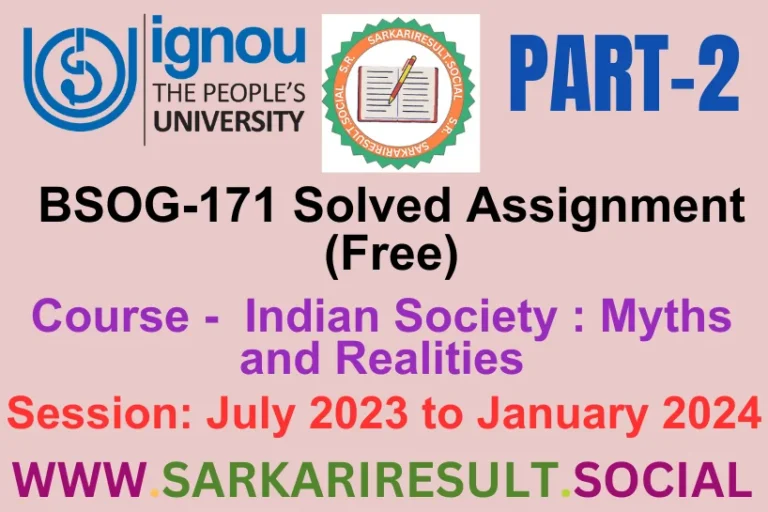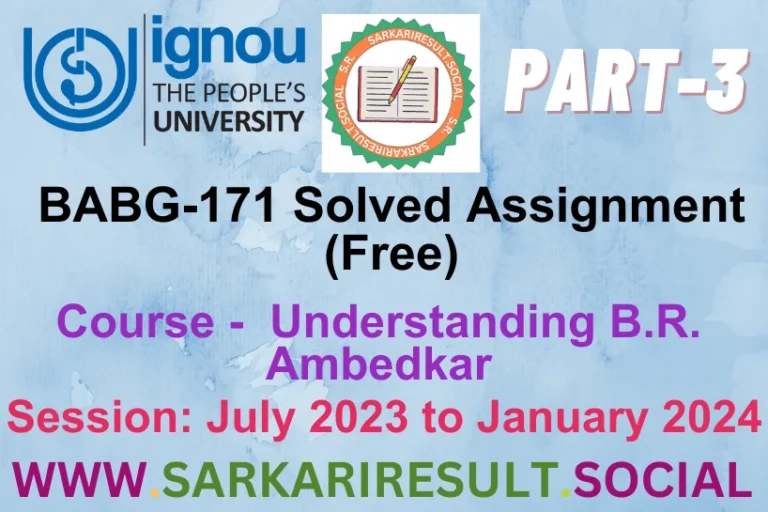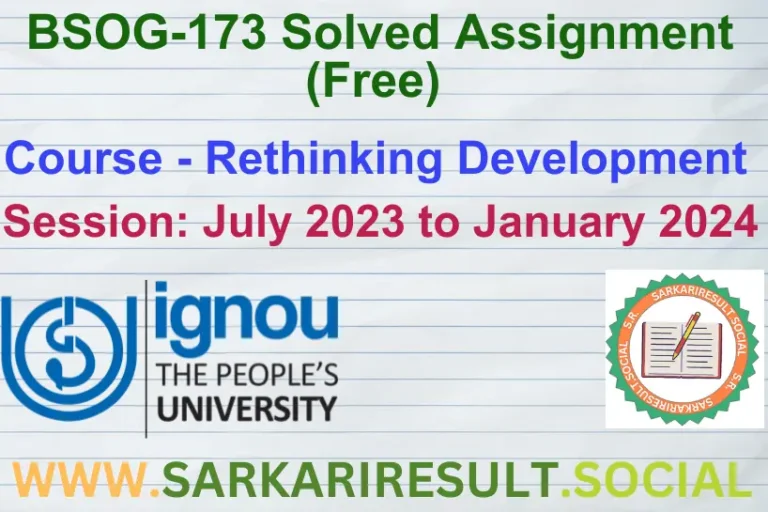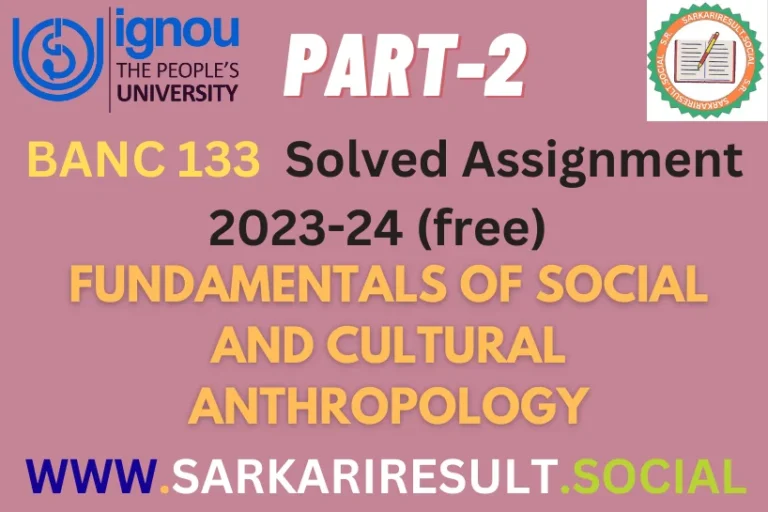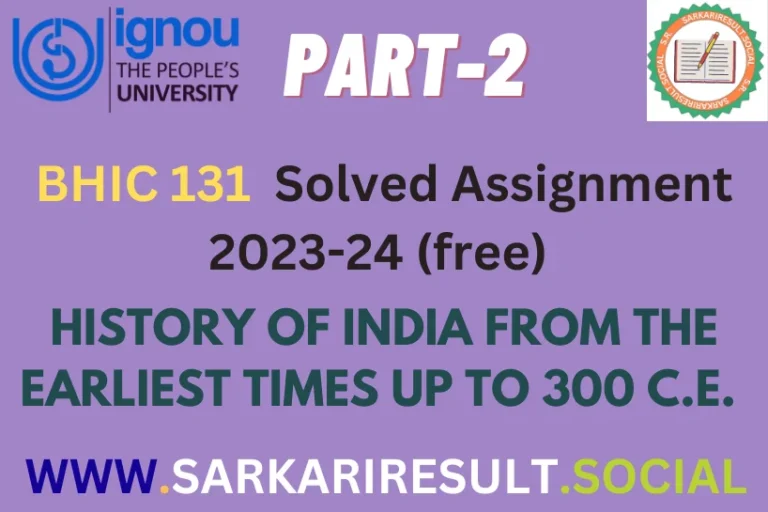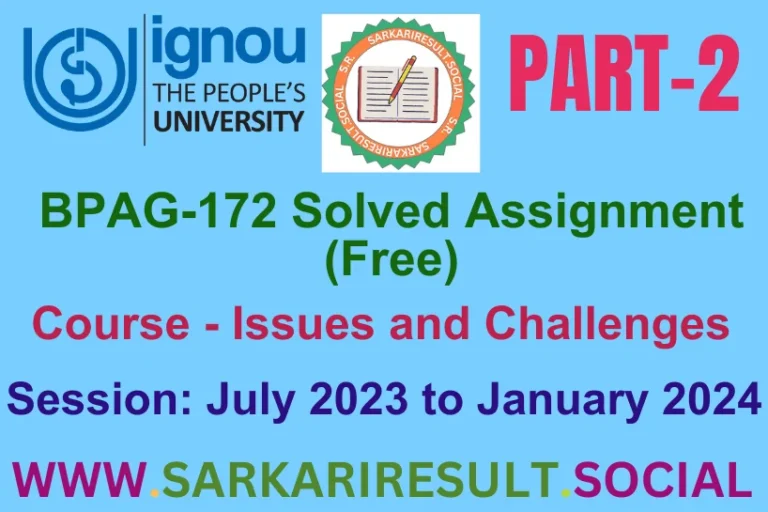BHIC 131 IGNOU Solved Assignment 2023-24 (free) Part -3

BHIC 131 IGNOU Solved Assignment 2023-24 (free) Part -3
Maximize your historical prowess with our BHIC 131 IGNOU Solved Assignment 2023-24 (free) Part -3! Designed to elevate your understanding within specified word limits, excel in your term-end examinations. Enhance historical insights and critical analysis—grab your BHIC-131 IGNOU Assignment 3 solution now!
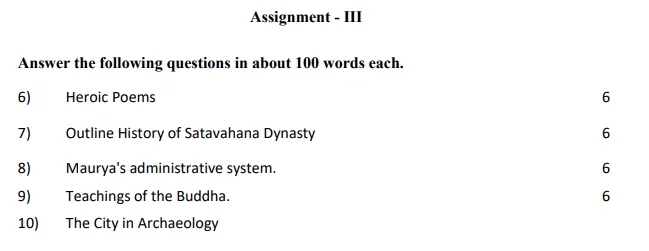
6) Heroic Poems
Ans. Heroic poems are epic narratives that exalt legendary heroes and their extraordinary deeds. Often showcasing valor, courage, and adventure, these poems glorify the hero’s accomplishments in battles, quests, or struggles against mythical beings.
Also Read This: BHIC 131 IGNOU Solved Assignment 2023-24 (free) Part -1
They serve as cultural touchstones, preserving historical or mythological events, embodying societal values, and inspiring moral ideals. Examples include the epic of Gilgamesh from Mesopotamia, the Iliad and the Odyssey from ancient Greece, the Ramayana and the Mahabharata from India, and the Beowulf from Anglo-Saxon literature.
These poems not only entertain but also transmit moral lessons, cultural heritage, and societal norms across generations.
Also Read This: BHIC 131 IGNOU Solved Assignment 2023-24 (free) Part -2
7) Outline History of Satavahana Dynasty
Ans. The Satavahana dynasty, ruling parts of present-day central and southern India from around 230 BCE to 220 CE, emerged as a significant power after the decline of the Mauryan Empire. Initially, they were a feudatory of the Mauryas.
The Satavahanas, known for their administration, art, and trade, established their dominance over Deccan regions. They promoted Buddhism and supported cultural activities. The period witnessed notable achievements in art, trade, and literature.
Also Read This: Check BGDG 172 IGNOU solved assignment 2023-24 (Free)
The Satavahana rule gradually declined due to internal conflicts and external invasions, leading to the eventual disintegration of their empire by the 3rd century CE.
8) Maurya’s administrative system
Ans. The Mauryan administrative system, established by Chandragupta Maurya and further developed by his successors like Ashoka, was highly organized and efficient. The empire was divided into provinces or provinces known as “Ajanapadas,” each governed by a royal prince or a governor.
These provinces were further subdivided into districts with officials overseeing law and order, tax collection, and administration. The capital had a sophisticated bureaucracy, with various ministries managing finance, agriculture, trade, and espionage.
Also Read This: Check BSOG 173 IGNOU solved assignment 2023-24 (Free)
Ashoka’s pillars and edicts reflected centralized governance, promoting Dhamma (moral principles) and welfare policies across the empire.
9) Teachings of the Buddha
Ans. The core teachings of Buddha, known as the Dhamma or Dharma, revolve around the Four Noble Truths and the Noble Eightfold Path. The Four Noble Truths elucidate the existence of suffering, its causes (craving and ignorance), the possibility of cessation, and the path to end suffering.
The Noble Eightfold Path constitutes right understanding, intention, speech, action, livelihood, effort, mindfulness, and concentration, guiding one towards liberation from suffering (Nirvana). Buddha’s teachings emphasize ethical conduct, mindfulness, and mental discipline to attain enlightenment and transcend the cycle of rebirth, fostering compassion, wisdom, and inner peace.
Also Read This: Check top Begae 182 IGNOU solved assignment 2023-24 (Free)
10) The City in Archaeology
Ans. In archaeology, a city represents a complex urban center characterized by a high population density, organized infrastructure, and specialized economic, social, and political structures. Cities, pivotal in human history, signify advanced settlement patterns featuring monumental architecture, public buildings, marketplaces, and defensive fortifications. Archaeologists study cities to comprehend societal complexities, technological advancements, cultural interactions, and governance systems.
Also Read This: Discover BPAG 174 ignou solved Assignment (Free) 2023-24
Excavations reveal layers of urban development, providing insights into ancient economies, trade networks, religious practices, and societal hierarchies. The study of cities in archaeology illuminates the evolution of human civilization, offering valuable perspectives on human adaptation, innovation, and societal organization.

